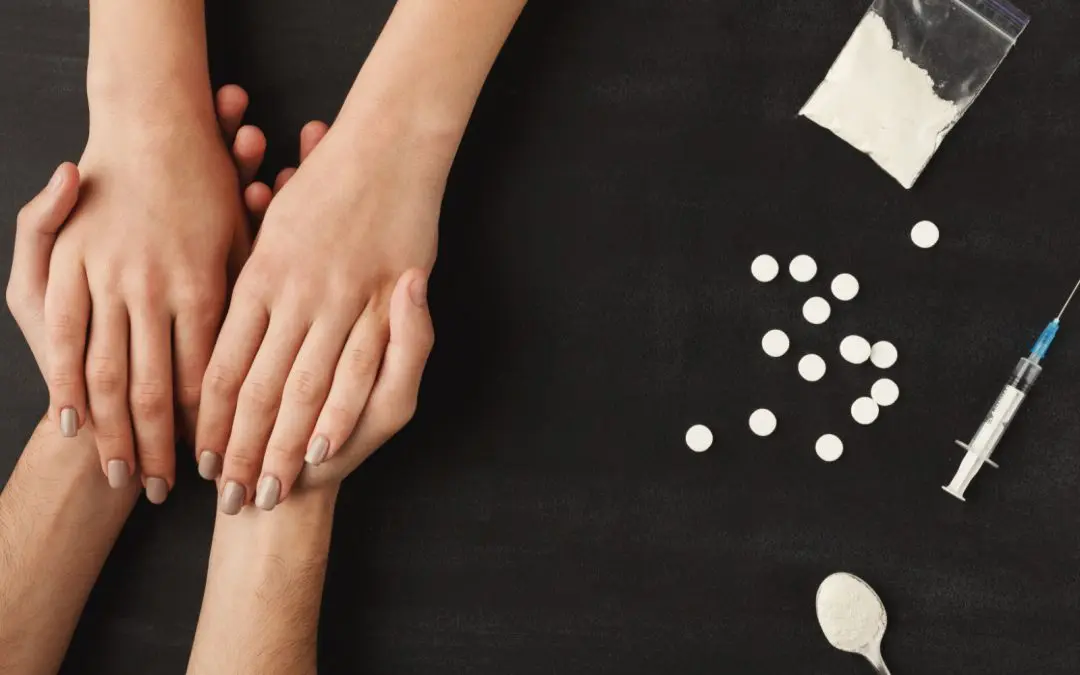24/7 Helpline:
(866) 899-221924/7 Helpline:
(866) 899-2219
Learn more about Ecstasy Detox centers in Peru
Ecstasy Detox in Other Cities

Other Insurance Options

Self-pay options

Coventry Health Care

Excellus

ComPsych

Anthem

State Farm

MVP Healthcare

MHNNet Behavioral Health

CareFirst

United Health Care

Optima

Oxford

Molina Healthcare

Group Health Incorporated

Access to Recovery (ATR) Voucher

Horizon Healthcare Service

Magellan

Lucent

BlueCross

Private insurance

Four County Counseling Center
Four County Counseling Center, in Peru, Indiana, is an outpatient mental and behavioral health care ...

VA Northern Indiana Health Care System – Peru Community Based Outpatient Clinic
Peru Community Based OutPatient Clinic is a clinic located in Peru, IN. Peru Community Based OutPati...












